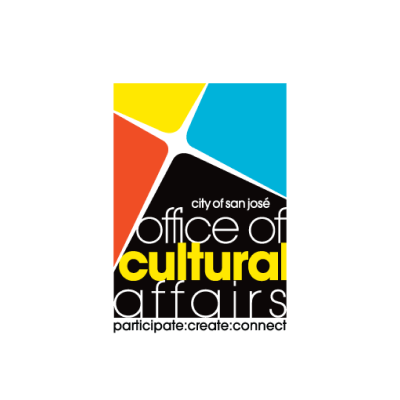From October 1st- 15th, 2020 SJMQT celebrates Hispanic Heritage Month by inviting Museums, Cultural organizations, Artists, and Enthusiasts to share a textile piece made by LatinX artists! The purpose of this campaign is to celebrate the diverse and unique takes on material and the history of textiles by LatinX artists.








